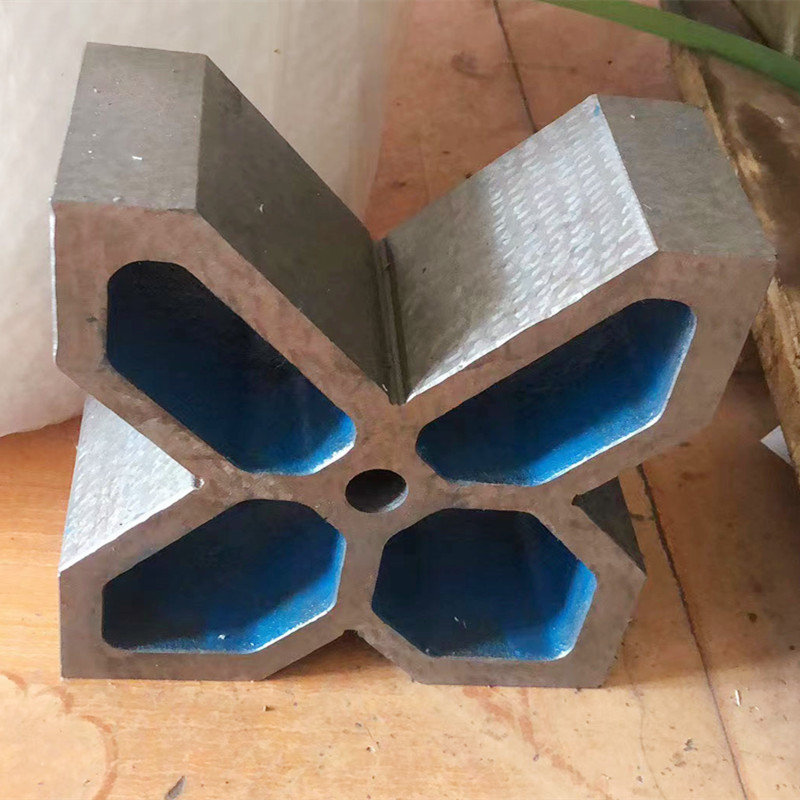Nov . 23, 2024 00:29 Back to list
linear guide rail
Understanding Linear Guide Rails An Essential Component in Precision Motion Systems
In the world of mechanical engineering, precision and efficiency are paramount. One component that plays a critical role in achieving both is the linear guide rail. Often overlooked, linear guide rails are fundamental in applications ranging from robotics to CNC machinery, enabling smooth linear motion and ensuring high accuracy in positioning. This article explores what linear guide rails are, their types, applications, and how they benefit various industries.
What is a Linear Guide Rail?
A linear guide rail, also known as a linear guide or linear motion guide, facilitates the linear movement of an object along a designated path. It consists of a rail and a slider or carriage that moves along the rail. The rail provides a stable surface, while the slider contains bearings that reduce friction, allowing for smooth movement. This dual-component design is crucial for operations requiring precise alignment and motion control.
Types of Linear Guide Rails
Linear guide rails can be categorized into several types based on their construction and working principles
1. Ball Bearing Linear Guides These utilize ball bearings to reduce friction between the rail and the slider. They offer high load capacity, excellent rigidity, and smooth motion, making them suitable for high-speed applications.
2. Roller Linear Guides In these guides, cylindrical rollers replace the balls. This design allows for larger contact areas, leading to higher load capacities and better stability while maintaining low friction.
3. Magnetic Linear Guides These employ magnets to create a frictionless environment, allowing for very smooth motion. They are often used in specialized applications like optical equipment and semiconductors where precision is critical.
4. Profile Rail Guides These guides feature a low-profile design with an integrated rail and slider, making them compact and easy to install. They are versatile and commonly used in automated systems due to their space-saving characteristics.
Applications of Linear Guide Rails
Linear guide rails are used across various industries due to their versatility and precision. Some notable applications include
linear guide rail

- CNC Machines In CNC (Computer Numerical Control) machines, linear guide rails are integral to achieving the desired motion for cutting, milling, or engraving materials
. They ensure precise positioning of tools and workpieces, leading to high-quality outputs.- Robotics Linear guide rails are essential in robotic arms, enabling them to move smoothly along predetermined paths. This capability is crucial for tasks like assembly, welding, and painting, where precision and repeatability are key.
- Automated Manufacturing In automation systems, linear guide rails facilitate the movement of components and machines, optimizing operational efficiency. They allow for accurate handling and positioning, making them vital in production lines.
- Medical Devices Many medical devices, such as MRI machines and infusion pumps, rely on linear guide rails for precise movement. Their ability to maintain accuracy while ensuring smooth operation is fundamental in life-critical applications.
Benefits of Using Linear Guide Rails
The implementation of linear guide rails in mechanical systems offers several advantages
1. Enhanced Precision Linear guide rails reduce friction and play, leading to improved alignment and accuracy in movement. This is critical in applications where even the slightest deviation can cause significant issues.
2. Increased Load Capacity Depending on the type of linear guide rail, they can support varying loads with exceptional stability. This feature expands their usability across diverse applications.
3. Durability and Reliability High-quality linear guide rails are designed to withstand wear and tear, providing long-lasting service with minimal maintenance. This durability translates into cost savings over time.
4. Versatility The wide range of available designs allows for customization, enabling engineers to select the best solution for their specific needs. This adaptability makes linear guide rails suitable for numerous industrial applications.
Conclusion
Linear guide rails are indispensable components in many high-precision systems. Their ability to provide smooth, accurate, and efficient linear motion significantly enhances the performance of machines and automation systems. As industries continue to advance towards greater automation and precision, the importance of linear guide rails will only grow, making them a critical area of focus for engineers and manufacturers seeking to optimize their operations. Whether in robotics, CNC machining, or medical devices, the impact of linear guide rails is profound and far-reaching, solidifying their role as foundational elements in modern engineering solutions.
-
Safety Standards in Welding Fabrication Table Manufacturing ProcessesNewsJun.30,2025
-
Impact of Temperature Fluctuations on Ring Gauge AccuracyNewsJun.30,2025
-
History of Cast Iron Surface Plates in ManufacturingNewsJun.30,2025
-
Eco-Friendly Granite Measuring ToolsNewsJun.30,2025
-
Surface Plate Maintenance Best Practices for LongevityNewsJun.27,2025
-
Historical Evolution of Iron Surface Plates in Industrial MetrologyNewsJun.27,2025
Related PRODUCTS









